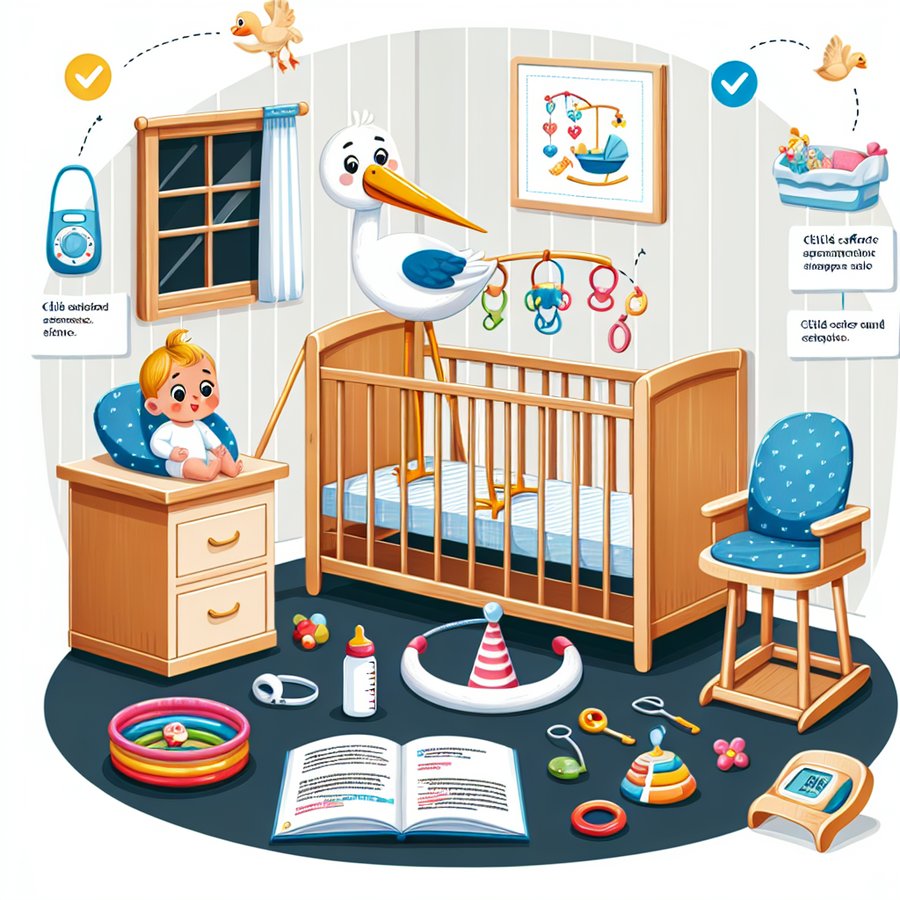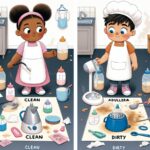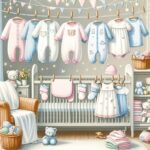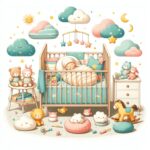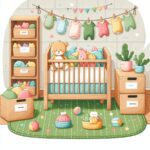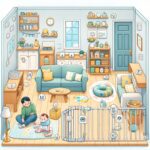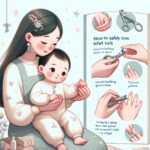When it comes to the well-being of our little ones, understanding and adhering to child safety standards for baby furniture and equipment is paramount. This comprehensive guide delves into the essentials of selecting safe products, ensuring your baby’s environment is not only comforting but safeguarded against potential hazards.
The Importance of Child Safety Standards for Baby Furniture and Equipment
Child safety standards are designed to protect infants and toddlers from injury or harm while using baby furniture and equipment. These regulations cover a wide range of products, including cribs, strollers, high chairs, and toys. The standards are continually updated to incorporate new safety research and technological advancements, making it crucial for parents to stay informed about the latest guidelines.
Adhering to these standards is not just about compliance; it’s about providing the safest possible environment for your child. Injuries related to baby furniture and equipment, such as falls, entrapment, or choking, can often be prevented by choosing products that meet or exceed current safety standards. For detailed information on these standards, parents can refer to the U.S. Consumer Product Safety Commission (CPSC), which offers resources and guidelines on infant and toddler product safety.
Selecting Safe Baby Furniture and Equipment
When purchasing baby furniture and equipment, the first step is to look for products that explicitly state they comply with current safety standards. This information is typically found on the product’s packaging or in the product description if shopping online. However, compliance alone does not guarantee safety; it’s equally important to conduct thorough research, read reviews, and, if possible, physically inspect the product before making a purchase.
In addition to compliance, consider the product’s design and construction. Avoid items with sharp edges, small detachable parts, or flimsy materials that could break easily. For further guidance, websites like Creating a Non-Toxic Nursery: Safe Materials and Products offer valuable tips on choosing safe and healthy options for your baby’s environment.
Maintaining and Inspecting Baby Equipment Regularly
Even the safest products require regular maintenance and inspection to ensure they remain in good, safe working condition. This involves checking for any wear and tear, loose parts, or malfunctioning mechanisms that could pose a risk to your child. It’s advisable to conduct these inspections monthly and after any significant incident, such as a fall or impact.
For items handed down or purchased second-hand, it’s critical to verify that they haven’t been recalled and that they meet the current safety standards. Resources like CPSC’s recall list can be an invaluable tool for parents to check the safety status of used items. Additionally, familiarizing yourself with basic first aid skills can further enhance your preparedness to handle any accidents.
By prioritizing child safety standards for baby furniture and equipment, parents can create a nurturing environment that minimizes risks and encourages their child’s development. Remember, the key to ensuring safety lies not only in the selection of products but also in their proper use and regular maintenance. For more insights on keeping your little one safe, explore BabyWhysAndHows.com.

